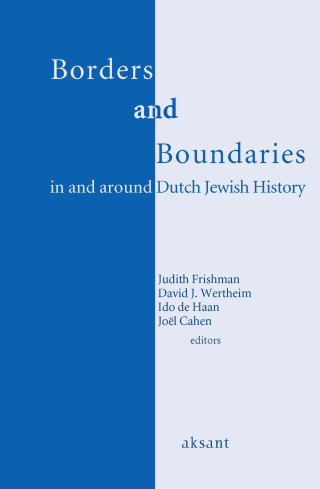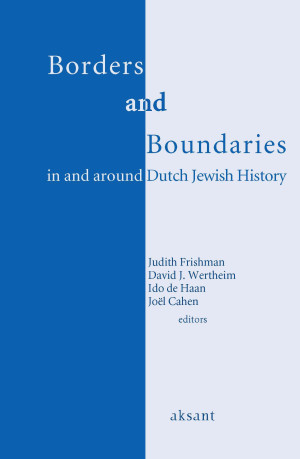Borders and Boundaries in and around Dutch Jewish History - 2
Table of Contents - 6
Introduction - 8
Part I Boundary Work - 20
The Ghetto of Florence and the Spatial Organization of an Early Modern Catholic State - 22
Explaining the Formation of Ghettos under Nazi Rule and its Bearings on Amsterdam Segregating “the Jews” or Containing the Perilous “Ostjuden”? - 36
Markers of a Minority Group Jews in Antwerp in the Twentieth Century - 46
Part II Cultural Trespassers - 64
Jewish Parliamentary Representatives in the Netherlands, 1848-1914 Crossing Borders, Encountering Boundaries? - 66
Catinka Heinefetter A Jewish Prima Donna in Nineteenth-Century France - 82
The Political Significance of Anne Frank On Crossing Boundaries and Defining Them - 96
Part III Crossing Borders - 110
The Twentieth-Century Portuguese Jews from Salonika“Oriental Jews of Portuguese Origin” - 112
Dutch Jews and German Immigrants Backgrounds of an Uneasy Partnership in Progressive Judaism - 126
Burnishing the Rough The Relocation of the Diamond Industry to Mandate Palestine - 144
Part IV Jews in Limbo - 156
Some Reflections on Jewish Identity in Nineteenth-Century Poznania and Jewish Relations with Poles and Germans - 158
Belgian Independence, Orangism, and Jewish Identity The Jewish Communities in Belgium during the Belgian Revolution (1830-39) - 168
Citizenship, Regionalization, and Identity The Case of Alsatian Jewry, 1871-1914 - 184
Moroccan Jewry and Decolonization A Modern History of Collective Social Boundaries - 194
Contributors - 202
Index of Names and Places - 205

